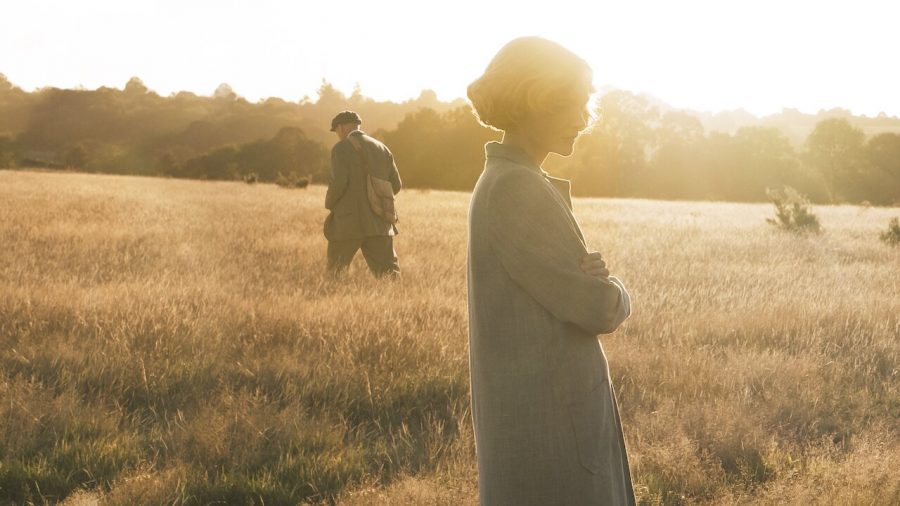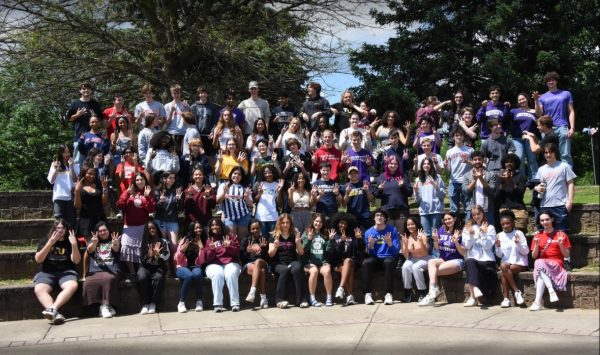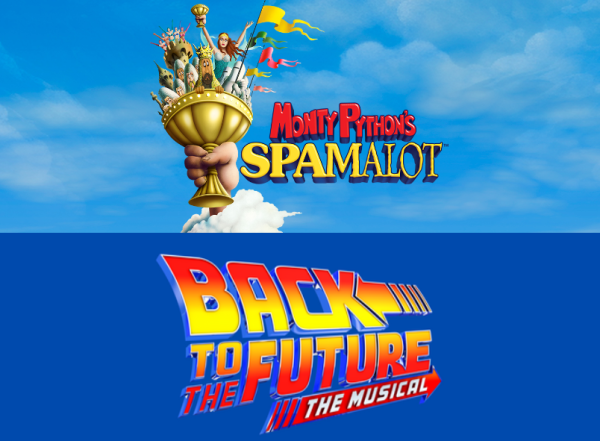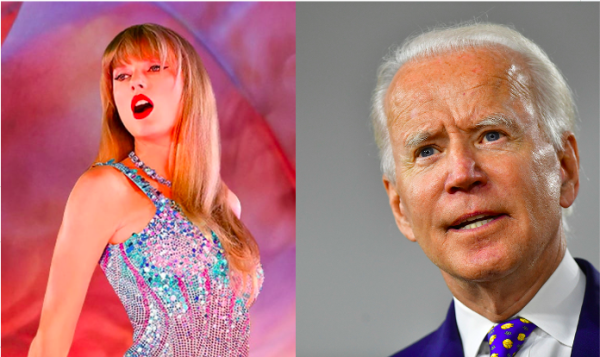Is Being an Actress a Profession for Young People Only?
On January 29, the new movie “The Dig” was released in theaters and streaming media like Netflix. Based on John Preston’s 2007 novel of the same name, the film tells a legendary story in British archaeology in the 1930s.
This historical film has been welcomed by people and at the same time aroused great controversy resulting from the cast. The film follows the true story of the 1939 excavation of an Anglo-Saxon burial ship at Sutton Hoo, an archeological discovery that became one of history’s most significant finds. Edith Pretty, a wealthy widow, always had a hunch about some large mounds on her vast property. In 2018, the BBC wanted Nicole Kidman (53) to play the role of Ms. Pretty. But Nicole dropped out shortly after the project switched to Netflix in 2019. Netflix then went to 35-year-old Carey Mulligan, the film’s current heroine. That means Carey is 20 – 21 years younger than Edith Pretty was at that time of the Sutton Hoo discovery. Though Carey is known for her excellent skills, she looks too young in the movie, and Netflix could have found a more age-appropriate actress.
The casting soon caused the dissatisfaction of some audiences. If young actresses are always the optimal choice for films, the living space for middle-aged actresses will be squeezed. This worship of “youth” is also a kind of hidden “age discrimination.” On the other hand, other audiences argued that it is common for actors to pretend to be younger or older in movies and TV shows. Ironically, this only seems to happen to actresses. In The Dig, Ralph Fiennes, a 58-year-old actor, plays Basil Brown, a 51-year-old amateur archaeologist. It seems like middle-aged males face a more promising market in the film industry.
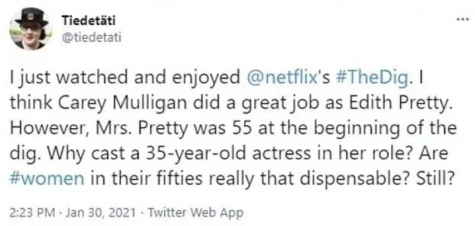

When the audience considers the issue from different perspectives, some data already answers whether ageism is really taking away actresses’ opportunities in the movie industry. Chris Wilson, the director of data journalism at TIME, studied 6,000 actors and actresses who enrolled in at least one of the top 5,000 grossing movies worldwide from the Internet Movie Database (IMDB). The graph he provided drew a clear conclusion: before the age of 30, actresses receive slightly more roles in movies than actors, but after age 30, men are offered more movie roles while women have fewer and fewer opportunities.
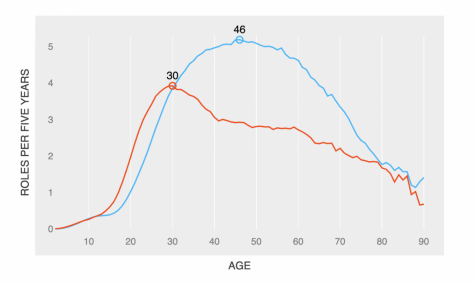
The result of the research conducted by Wilson revealed gender inequality is shocking and thought-provoking — the age of actresses has given them plenty of experience, but it has also robbed them of roles in their age group. Why is the movie industry cruel to older actresses? In the era of a free economy, production companies tend to pursue box office successes that depend on audience preferences. If the film industry does not actively perform ageism against actresses, it may have been the audience, or society, that is in charge.
In the past decade, we have witnessed the improvement of female empowerment and the feminist movement. In a society that seems to be gender-neutral and open-minded, do the masses admire the maturity of older actors and dislike the supposed senile appearance of their female peers? A study conducted by Humana and Dr. Stacy L. Smith at the USC Annenberg School for Communication and Journalism stated that “Out of 57 films that featured a leading or supporting senior character, 30 featured ageist comments – that’s more than half of the films. Quotes included characters who were referred to as ‘a relic,’ ‘a frail old woman’ and ‘a senile old man.” In this light, while prominent female rights activists throughout human history have gained women equal rights such as women’s suffrage and access to education, implicit sexism and ageism still widely exist.
Despite the factor of age, throughout Hollywood’s long history, men have been given more acting opportunities than women in general. Clemson economists Robert Fleck and Andrew Hanssen collected data from the 1920s to the 2000s to study Hollywood’s long and enduring sexism problem. According to their research, the percentage of leading film roles played by men in the 1920s was nearly 80%. Surprisingly, from the 1960s to 2000s, the number was still as high as approximately 66%.
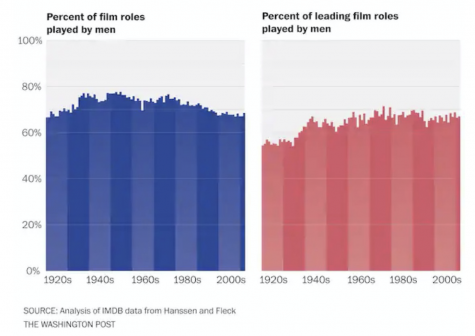
“Hiring patterns seem to be stuck in the 1960s,” said Hanssen. Even though the struggle for gender equality has been going on over the past century and is still in progress, we still wait for a significant change in the movie industry. The change represents not only an industry but also a microcosm of society. Modern women are independent, strong, and capable. However, under the beautiful cloak, their opportunities are much less than those of men. It will still take time to achieve gender equality in the movie industry.
For the children who grew up in the community of Sandy Spring, and for the women and older people who study, work, and live here, we rarely experience unfair treatment or verbal abuse. Our community is full of great, strong women, and even if they do not have to look and work as actresses to make a living, they deserve to be respected and seen as role models. However, a peaceful community is not representative of the whole country or society. Someday, maybe some of us will be campaigning for gender equality and the dilution of age-based stereotypes, and maybe those comments will disappear when we click on Netflix again.

Hello! I am Yvette Wu and I am a senior this year. This is my fourth year studying at Sandy Spring Friends School and my second year as a staff writer...

